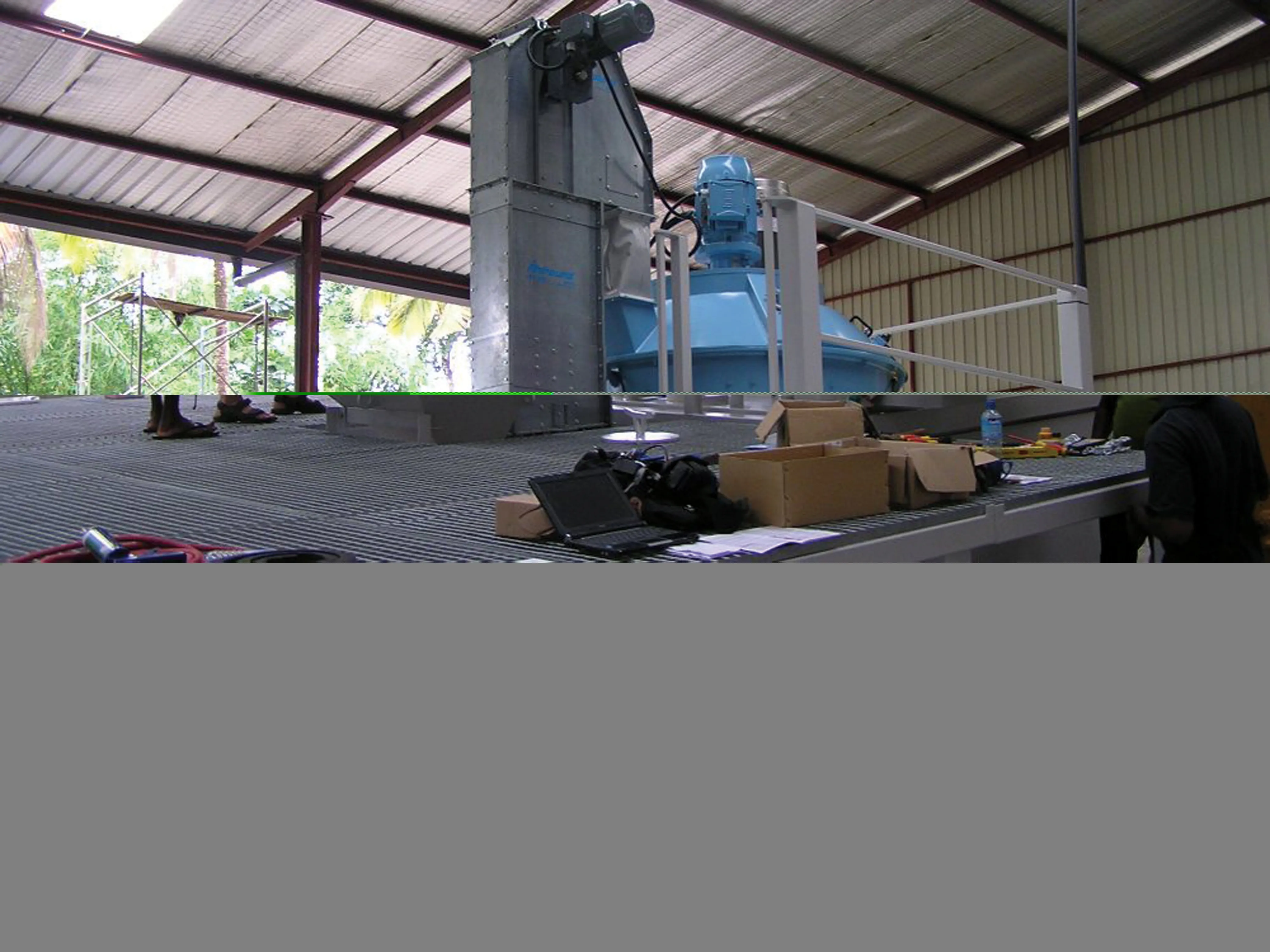The authorities in Sri Lanka's capital Colombo intend to invest in new storm drains in the near future. Photo courtesy of World Highways reader Lionel Rajapakse.
May 28, 2012
Read time: 1 min
The authorities in Sri Lanka's capital Colombo intend to invest in new storm drains in the near future. Photo courtesy of World Highways reader Lionel Rajapakse.






